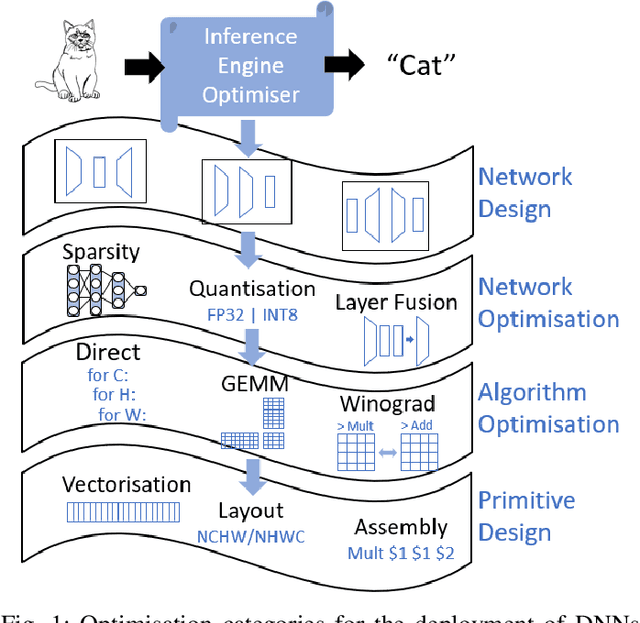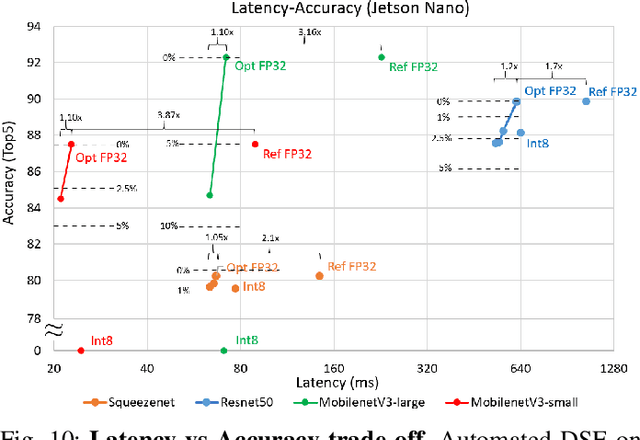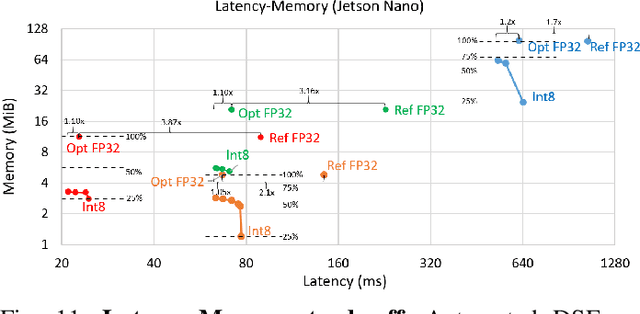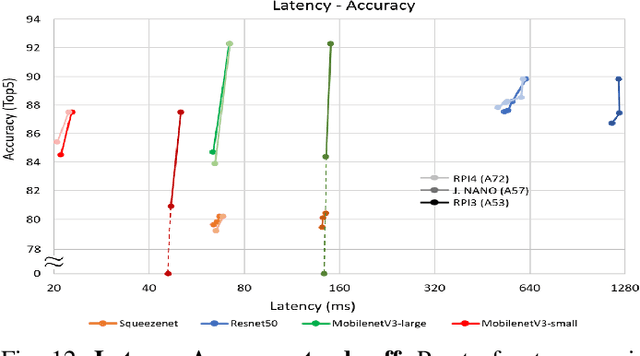Rabia Saeed
Improved flood mapping for efficient policy design by fusion of Sentinel-1, Sentinel-2, and Landsat-9 imagery to identify population and infrastructure exposed to floods
May 31, 2023Abstract:A reliable yet inexpensive tool for the estimation of flood water spread is conducive for efficient disaster management. The application of optical and SAR imagery in tandem provides a means of extended availability and enhanced reliability of flood mapping. We propose a methodology to merge these two types of imagery into a common data space and demonstrate its use in the identification of affected populations and infrastructure for the 2022 floods in Pakistan. The merging of optical and SAR data provides us with improved observations in cloud-prone regions; that is then used to gain additional insights into flood mapping applications. The use of open source datasets from WorldPop and OSM for population and roads respectively makes the exercise globally replicable. The integration of flood maps with spatial data on population and infrastructure facilitates informed policy design. We have shown that within the top five flood-affected districts in Sindh province, Pakistan, the affected population accounts for 31 %, while the length of affected roads measures 1410.25 km out of a total of 7537.96 km.
Automated Design Space Exploration for optimised Deployment of DNN on Arm Cortex-A CPUs
Jun 09, 2020



Abstract:The spread of deep learning on embedded devices has prompted the development of numerous methods to optimise the deployment of deep neural networks (DNN). Works have mainly focused on: i) efficient DNN architectures, ii) network optimisation techniques such as pruning and quantisation, iii) optimised algorithms to speed up the execution of the most computational intensive layers and, iv) dedicated hardware to accelerate the data flow and computation. However, there is a lack of research on the combination of these methods as the space of approaches becomes too large to test and obtain a globally optimised solution, which leads to suboptimal deployment in terms of latency, accuracy, and memory. In this work, we first detail and analyse the methods to improve the deployment of DNNs across the different levels of software optimisation. Building on this knowledge, we present an automated exploration framework to ease the deployment of DNNs for industrial applications by automatically exploring the design space and learning an optimised solution that speeds up the performance and reduces the memory on embedded CPU platforms. The framework relies on a Reinforcement Learning -based search that, combined with a deep learning inference framework, enables the deployment of DNN implementations to obtain empirical measurements on embedded AI applications. Thus, we present a set of results for state-of-the-art DNNs on a range of Arm Cortex-A CPU platforms achieving up to 4x improvement in performance and over 2x reduction in memory with negligible loss in accuracy with respect to the BLAS floating-point implementation.
AI Pipeline - bringing AI to you. End-to-end integration of data, algorithms and deployment tools
Jan 15, 2019



Abstract:Next generation of embedded Information and Communication Technology (ICT) systems are interconnected collaborative intelligent systems able to perform autonomous tasks. Training and deployment of such systems on Edge devices however require a fine-grained integration of data and tools to achieve high accuracy and overcome functional and non-functional requirements. In this work, we present a modular AI pipeline as an integrating framework to bring data, algorithms and deployment tools together. By these means, we are able to interconnect the different entities or stages of particular systems and provide an end-to-end development of AI products. We demonstrate the effectiveness of the AI pipeline by solving an Automatic Speech Recognition challenge and we show that all the steps leading to an end-to-end development for Key-word Spotting tasks: importing, partitioning and pre-processing of speech data, training of different neural network architectures and their deployment on heterogeneous embedded platforms.
 Add to Chrome
Add to Chrome Add to Firefox
Add to Firefox Add to Edge
Add to Edge